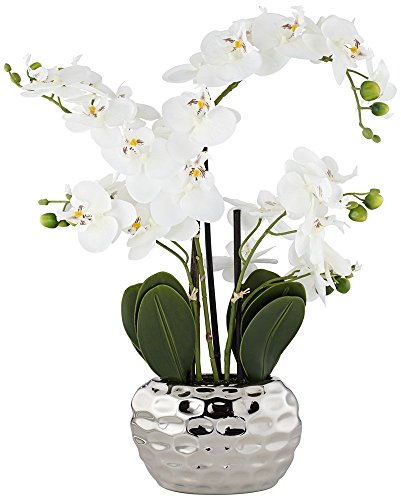Looking at the RO bundle you linked I don't see a pressure valve set (I forget what it's called) that will close the discharge water flow when the filtered water tank is full.
Maybe Ray can comment.
Lance, it’s call a “hydraulic-“ or “pressure cutoff”. It’s there, just isn’t visible in that image.
The water exiting the sediment and carbon prefilters passes through it before entering the membrane. Purified water passes through it on the other side, on the way to the storage vessel. When the back-pressure in the pure water line reached 2/3 of the incoming “raw water” pressure, it stops flow of the incoming water, stopping all flow.
Without it, once the pure water tank was full, the flush water would keep flowing.
I am too inexperienced and sloppy-handed to try anything more complicated than this:
1. Unscrew washer hose from faucet.
2. Screw on the splitter
3. Reattach the washing machine hose to the right side, attach RO adapter to left side
4. Assemble the RO buddie system
5. Stick the waste water tube down the same pipe the washer drains into.
6. Stick the RO water tube into a bucket or big tupperware thingy.
If I need RO water, I just open the valve to the RO side and shut it off again once the bucket is full. I'll leave the washer side valve open, because the water won't flow into the washer until it is turned on and running...right?
Correct.
Just how many plants are you watering?
Problem number 1 is how to unscrew the washer hose from the faucet as it is on there tight and there are mineral deposits all over it. I'm afraid if I go buy a wrench and try to twist it off, I will break the pipes, or faucet, or both, and water will spray uncontrollably all over the place and I won't know how to stop it
I am also afraid that if I turn the little blue wheel that shuts the water off to the washer, that it will start leaking out of the base of the wheel as soon as I turn it. I've had this happen before at a different place.
I worry in general that if I touch anything, leaks will just spring up everywhere. Again, no idea what to do if that happens.
The more things I can imagine going wrong, the more it sounds like I need to call a professional to do this, because I can already smell a huge, expensive disaster if I try to do it.
Go to a hardware store and explain to someone that you need to loosen a stuck hose connection. Personally, I’d use the highly technical term “crudded up with mineral deposits”. You’ll come home with a spray can of a loosener/lubricant like WD-40 or the like. Spray some on the hose connection where the two metal pieces meet and on the valve stem just under the (“blue wheel”) knob. Go do something else for 30 minutes. At that point, the valve should move freely and close, and you can use a pipe wrench to unscrew the hose.
If that is too scary (I fully understand, seriously), there are alternatives, as the RO unit can be connected to any cold water source with the right adapter, and it need not be left there.
For example, if you have room to store the RO Buddie under a sink, you can simply install an “angle stop adapter” in between the shutoff valve and the line that supplies water to the faucet. When you need more RO, lift the unit out onto the counter, open the valve and collect the water, then close the valve and put it away.
Another alternative is a saddle valve, which clamps onto a pipe anywhere convenient.























